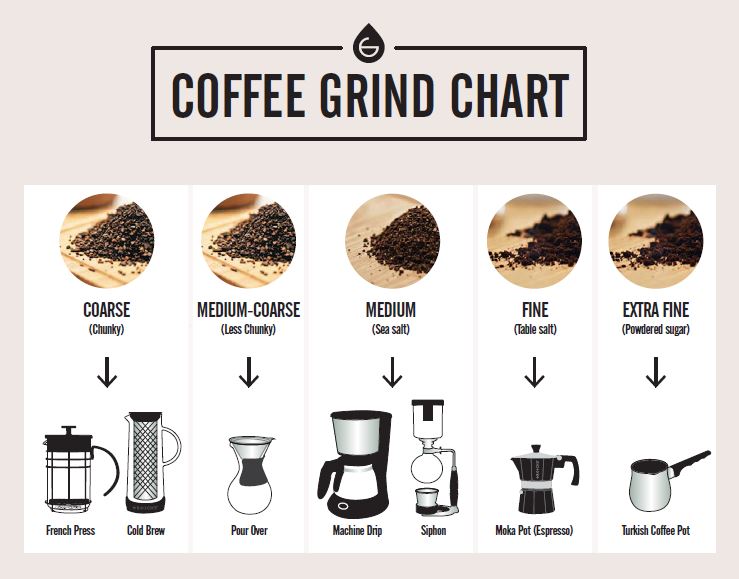When I started brewing espresso at home, I quickly realized that grind size is just as critical as having high-quality beans or a reliable espresso machine. The grind directly impacts the flavor, texture, and overall quality of your espresso. After plenty of trial and error, I’ve gathered valuable tips on how to achieve the perfect grind. Discover the innovative features in the DeLonghi Magnifica Evo review
Espresso is renowned for its rich, concentrated flavors, but creating that ideal shot requires precision in several aspects: selecting premium beans, using a good machine, maintaining the right water temperature, applying the correct pressure, and, of course, nailing the grind. An improper grind size—whether too coarse or too fine—can result in a shot that’s either overly bitter or unpleasantly sour. Learn about the timeless design in the DeLonghi Magnifica S review
So, what grind size is best for creating that flawless espresso shot at home? Here’s what my experience has taught me. Explore our top picks in the Best Automatic Espresso Machine review
How Grind Size Influences Espresso Quality
During the brewing process, hot water flows through coffee grounds, extracting flavors, aromas, and oils that define espresso. Grind size is critical to achieving the right extraction. Unlike brewing methods like French press or pour-over, espresso demands a very fine grind. The key is striking a balance. Find the perfect machine to beat the heat in the Best Iced Coffee Maker review
- Too Coarse: Water flows too quickly, leading to under-extraction and a sour, weak shot.
- Too Fine: Water struggles to pass through, causing over-extraction, resulting in a bitter, overly strong shot.
Finding the Perfect Grind Consistency
After much experimentation, I’ve found that the optimal grind for espresso resembles fine sand. It’s not as powdery as flour, but it’s finer than table salt. When you rub the grounds between your fingers, they should feel slightly textured yet stick together.
Investing in a burr grinder is essential for achieving a consistent grind. Unlike blade grinders, which produce uneven grounds, burr grinders provide uniformity, ensuring a balanced extraction and better flavor in every shot.

Adjusting the Grind for Your Espresso Machine
Since every espresso machine is unique, it’s important to tweak the grind size to suit your specific machine. Here’s what I’ve learned:
- Shot Pulls Too Quickly (<20 Seconds): The grind is likely too coarse.
- Shot Pulls Too Slowly (>30 Seconds): The grind is probably too fine.
I aim for a shot that pulls in about 25 to 30 seconds. Keep in mind that different beans may require small adjustments, so when switching to a new roast, I fine-tune my grind settings to match. Dive into the best options for making lattes in the Best Latte Maker review
Tips for Consistent Grinding Success
Achieving great espresso consistently requires attention to several factors:
- Fresh Beans: Use beans within two weeks of roasting for the best flavor and crema.
- Proper Tamping: Apply even pressure when tamping to ensure uniform water flow and avoid channeling, which leads to uneven extraction.
- Accurate Dosing: Use a scale to measure your coffee dose precisely. For a double shot, I typically use 18-20 grams to ensure consistent results.
Experimenting With Grind Size for Unique Flavors
While a fine grind is standard for espresso, experimenting with slight adjustments can uncover new and exciting flavor profiles:
- Lighter Roasts: A slightly coarser grind can balance acidity and enhance sweetness.
- Darker Roasts: A finer grind can intensify rich, chocolatey, and roasted notes.
Common Mistakes to Avoid
Over time, I’ve identified some pitfalls to steer clear of when grinding for espresso:
- Grinding Too Early: Coffee loses its freshness quickly after grinding, so only grind what you need just before brewing.
- Skipping Grinder Maintenance: Regular cleaning prevents stale grounds and oils from affecting the taste of your espresso.
- Ignoring Roast Dates: Even a perfect grind won’t save stale beans. Use beans within one to two weeks of roasting for optimal results.

Conclusion: Perfect Your Espresso Craft at Home
Mastering the grind for home espresso is a rewarding journey that takes patience, practice, and a willingness to experiment. The process begins long before you pull the shot—it starts with choosing the right beans, fine-tuning the grind, and carefully managing every detail of the brewing process.
With time and dedication, I’ve created espresso at home that rivals my favorite café’s offerings. There’s something uniquely satisfying about brewing a rich, flavorful shot in the comfort of your own kitchen.
If you’re just starting out, embrace the learning curve. Experiment with grind sizes, observe how your machine responds, and learn from each shot. Soon, you’ll master the art of crafting espresso tailored perfectly to your taste.
